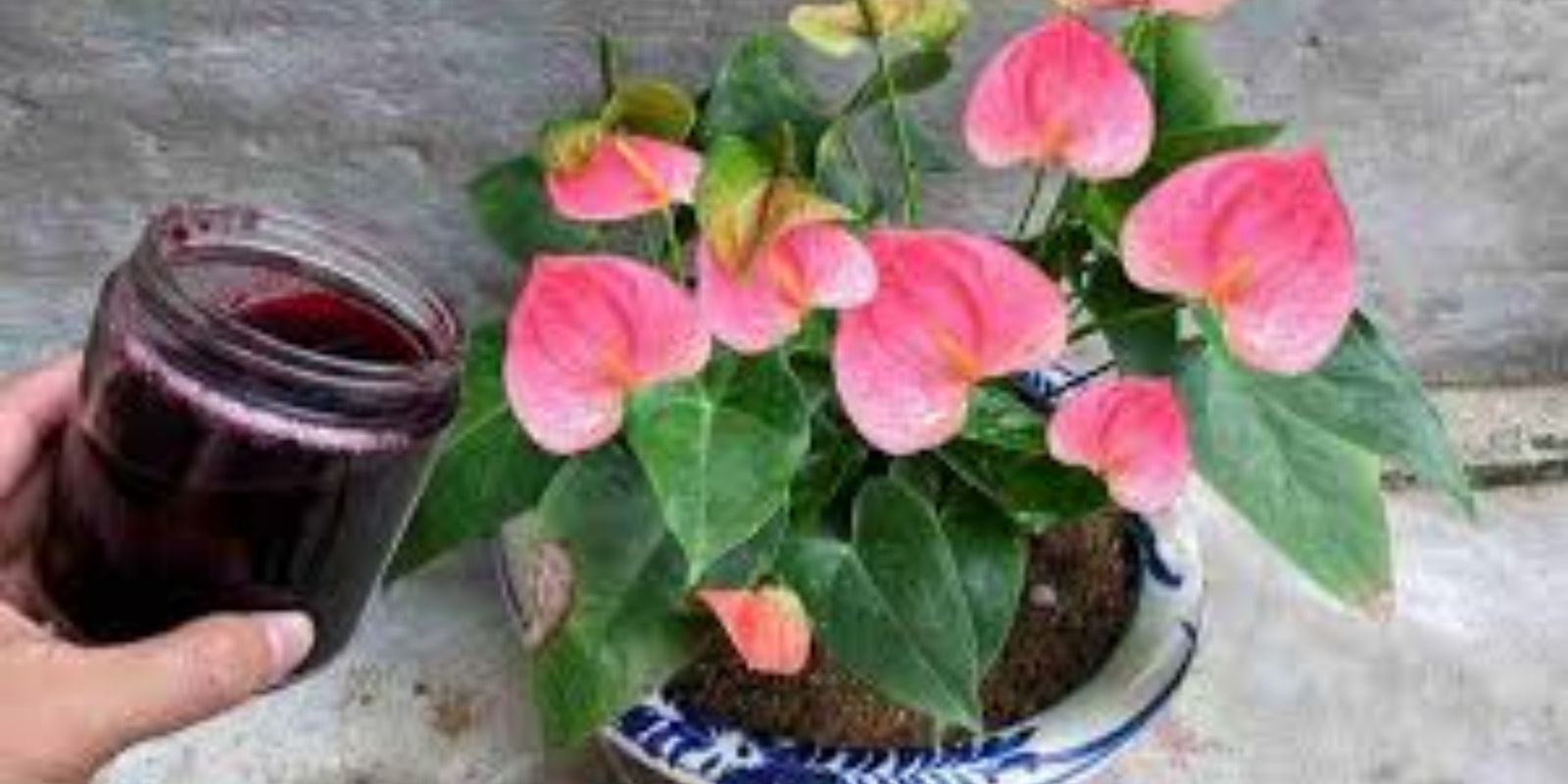Introduction
Anthuriums, often referred to as “flamingo flowers” or “laceleaf,” are renowned for their striking, glossy spathes and vibrant colors. These tropical plants add a touch of elegance and exotic beauty to any indoor space. However, keeping an Anthurium in full bloom year-round can be a challenge. Many plant enthusiasts struggle to coax their Anthuriums into a constant state of flowering. If you’re looking to unlock the secret to getting your Anthurium to bloom more profusely, this comprehensive guide will provide you with essential tips and tricks to enhance your plant’s flowering potential and overall health.
Understanding Anthuriums
Botanical Overview
Anthuriums belong to the Araceae family and are native to the tropical regions of Central and South America. They are known for their unique flowers, which consist of a colorful spathe (a modified leaf) surrounding a spadix (a spike-like structure). The vibrant colors of the spathe, ranging from red and pink to white and green, make Anthuriums a popular choice for indoor decor.
Growing Conditions
Anthuriums are epiphytic plants, meaning they naturally grow on other plants or surfaces in their native habitat, often in the understory of tropical rainforests. They thrive in environments that mimic their natural conditions, which include high humidity, warm temperatures, and bright, indirect light.
Essential Tips for Promoting Anthurium Blooms
1. Optimal Lighting
Bright, Indirect Light: Anthuriums flourish in bright, indirect light. Place your plant near a window where it can receive filtered sunlight. Avoid direct sunlight, which can scorch the leaves and inhibit blooming. If natural light is limited, consider using grow lights to supplement.
Monitoring Light Levels: Pay attention to your plant’s response to light changes. If your Anthurium is not blooming, it may be a sign that it needs more light. Conversely, too much direct light can cause leaf burn.
2. Temperature and Humidity
Warm Temperature Range: Maintain temperatures between 65-80°F (18-27°C). Anthuriums are sensitive to cold and drafts, so keep them away from windowsills and air conditioning vents. Consistent warmth encourages blooming and overall plant health.
High Humidity: Anthuriums thrive in high humidity environments. Aim for a humidity level of 60% or higher. You can increase humidity by using a humidity tray, placing a humidifier nearby, or misting the plant regularly. This helps to replicate their native tropical conditions and supports flowering.
3. Proper Watering
Consistent Moisture: Keep the soil consistently moist but not waterlogged. Water your Anthurium when the top inch of soil feels dry. Avoid letting the plant sit in standing water, as this can lead to root rot.
Watering Technique: Use room-temperature water and ensure the pot has proper drainage. Allow excess water to drain completely to prevent waterlogging. During the winter months, reduce watering frequency as the plant’s growth slows down.
4. Fertilization
Balanced Fertilizer: Feed your Anthurium with a balanced, water-soluble fertilizer (e.g., 20-20-20) every 6-8 weeks during the growing season (spring and summer). Follow the manufacturer’s instructions to avoid over-fertilization, which can lead to leaf burn and reduced flowering.
Fertilizer Application: Apply fertilizer when the soil is moist to prevent root damage. Reduce or stop fertilizing during the plant’s dormant period (fall and winter) to avoid excessive growth without blooming.
5. Soil and Potting
Well-Draining Soil: Use a well-draining potting mix designed for indoor tropical plants or orchids. A mix containing peat moss, perlite, and pine bark works well for Anthuriums, providing good aeration and drainage.
Repotting: Repot your Anthurium every 1-2 years or when it becomes root-bound. Choose a pot that is 1-2 inches larger in diameter than the current one. Repotting helps refresh the soil and provides space for continued growth.
Common Issues and Solutions
Bud Drop
Causes: Bud drop can occur due to environmental stress, such as sudden temperature changes, low humidity, or inconsistent watering.
Solution: Ensure your Anthurium is in a stable environment with consistent temperatures and high humidity. Water regularly and avoid moving the plant frequently to prevent stress.
Yellowing Leaves
Causes: Yellowing leaves can be a sign of overwatering, underwatering, or nutrient deficiencies.
Solution: Check soil moisture levels and adjust your watering routine as needed. If overwatering is the issue, ensure proper drainage and allow the soil to dry out between waterings. Apply balanced fertilizer to address nutrient deficiencies.
Leaf Scorch
Causes: Leaf scorch is often caused by direct sunlight or high temperatures.
Solution: Move your Anthurium to a location with bright, indirect light. Ensure it is not exposed to direct sunlight or drafts, which can cause leaf damage.
Enhancing Your Anthurium’s Blooming Potential
Regular Maintenance
Pruning and Cleaning: Remove spent blooms and yellow or damaged leaves to keep your Anthurium looking its best. Regular pruning encourages new growth and helps the plant focus its energy on producing new flowers.
Pest Control: Monitor your plant for common pests such as spider mites, aphids, or mealybugs. Treat infestations promptly with insecticidal soap or neem oil to prevent damage to your Anthurium.
Seasonal Care
Adjusting Care: Modify your care routine as seasons change. In winter, reduce watering and fertilization frequency while maintaining stable temperature and humidity levels.
Conclusion
Anthuriums are a beautiful and rewarding addition to any indoor garden, but they require specific care to thrive and bloom continuously. By implementing the tips and remedies outlined in this guide, you can unlock the secret to a flourishing, blooming Anthurium and enjoy its stunning flowers throughout the year. Share your success and connect with fellow plant enthusiasts using #AnthuriumBloom #IndoorGardening #FlowerCare #PlantTips to inspire others and celebrate the joy of gardening!
With the right care and attention, your Anthurium can be a centerpiece of beauty and elegance, bringing vibrant color and lush greenery to your home. 🌿🌺✨

